There are two kinds of mechanical watches: Automatic and Manual.
The difference between the two is that one winds itself automatically and the other requires the turning of a knob (crown) to do so. Outside of a few extra parts in the automatic one, they are both just about the same.
Each watch has 5 basic elements: The energy, the wheels (gears), the escapement, the controller, and the time indicator.
Turning the knob on the side winds up the mainspring. This stores the energy. The barrel then transfers that energy to the wheels and they transfer it throughout the rest of the watch.
The escapement stops the energy from escaping all at once. The pallets hold and release the escape wheel and its teeth push against it, in turn the lever connected to the pallets pushes an impulse pin.
The swing from the balance controls the energy that is allowed to escape. The time indicator is the part that displays the time. The canon pin controls the minute hands, the hour wheel controls the hour hand and the forth wheel control the second hand.
The part that makes a watch automatic is ans oscillating weights that adds energy to the barrel spring as it swings around to the movement of the hand (wrist).
Miyota created a fantastic video that clearly explains how mechanical watches work:
Swatch also released an interesting video on this topic which is worth watching:


 network of watch sites
network of watch sites



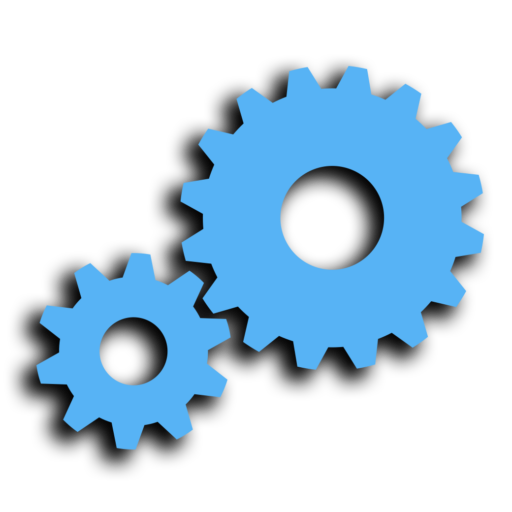
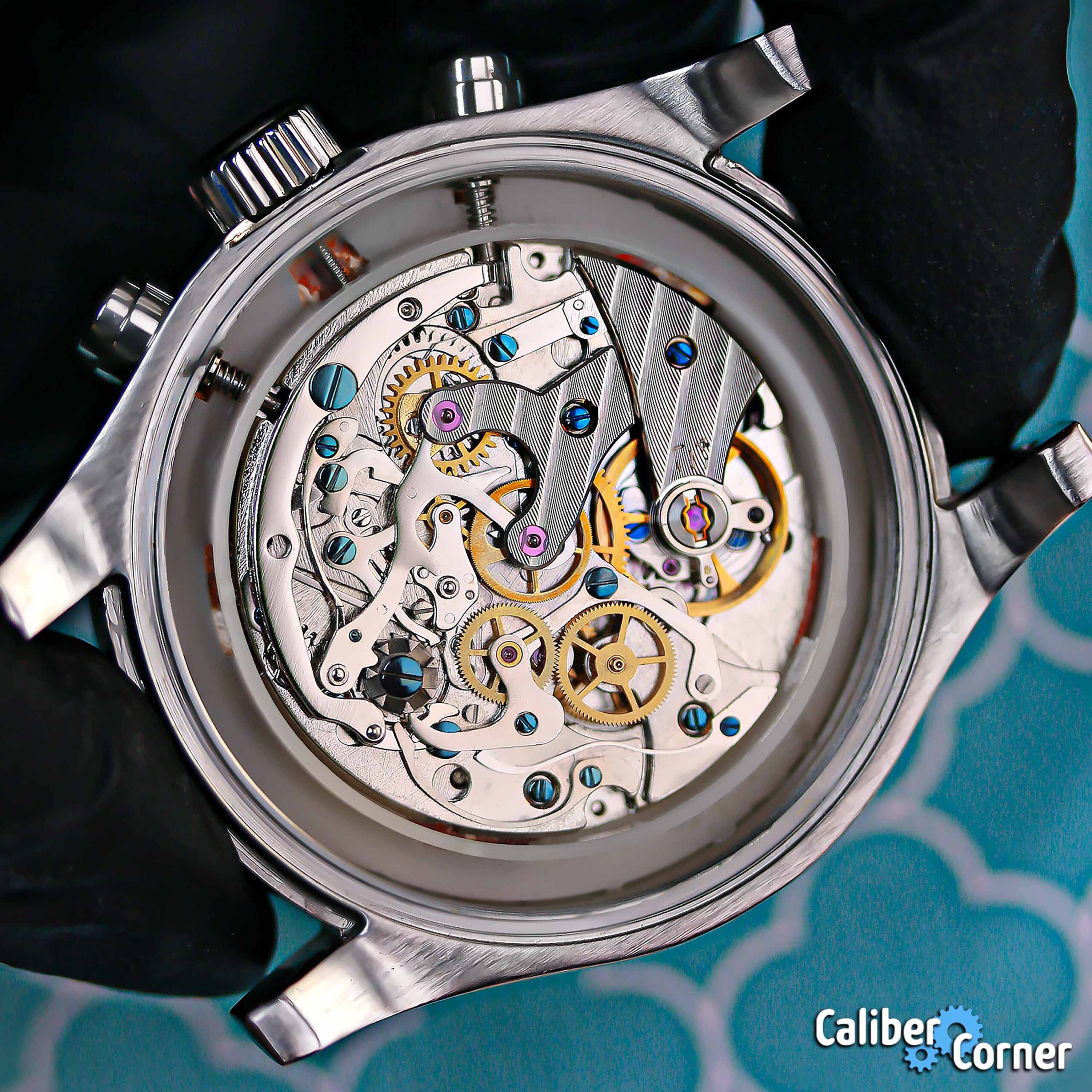
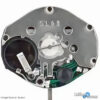
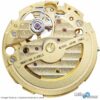

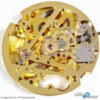
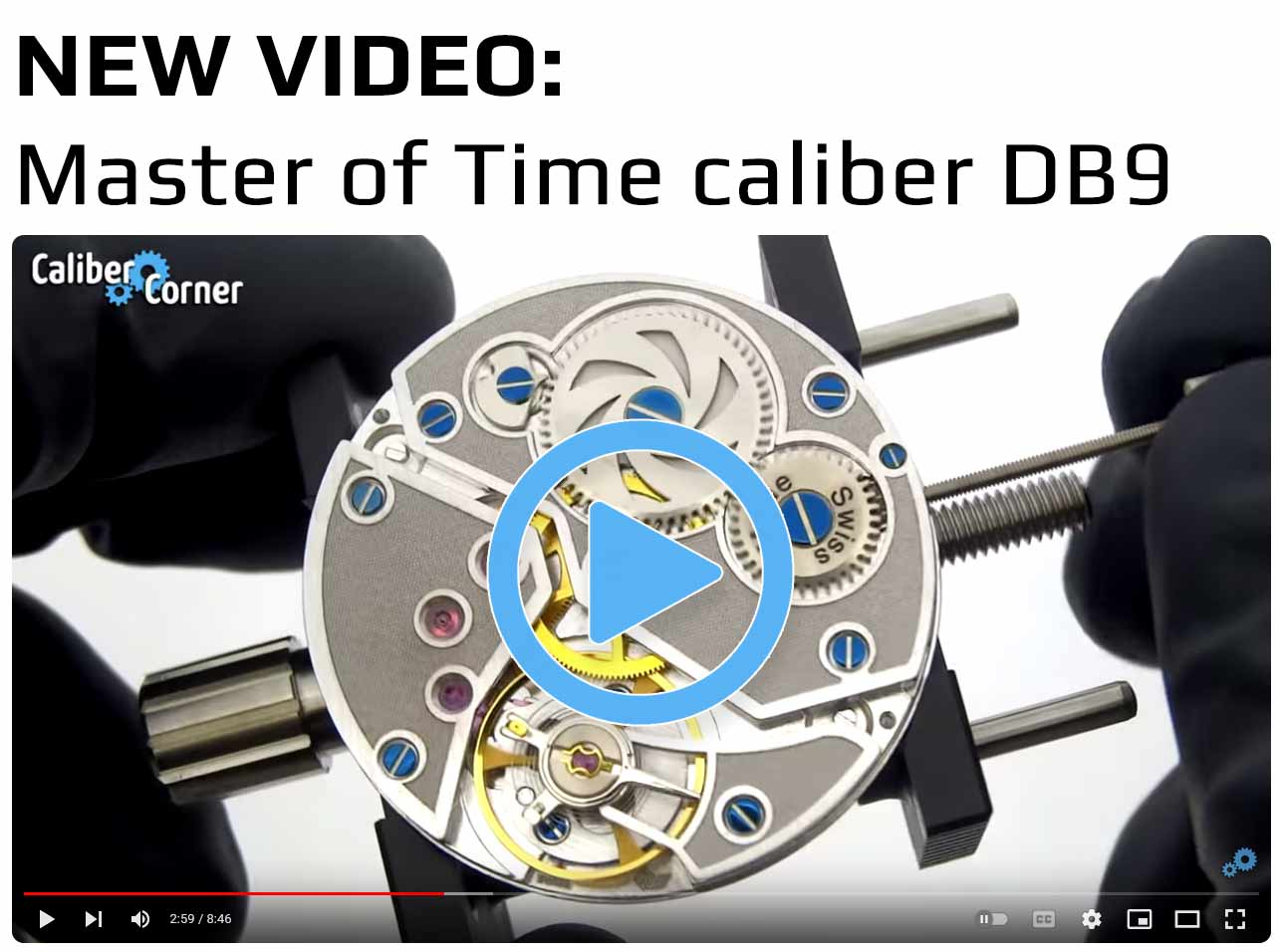
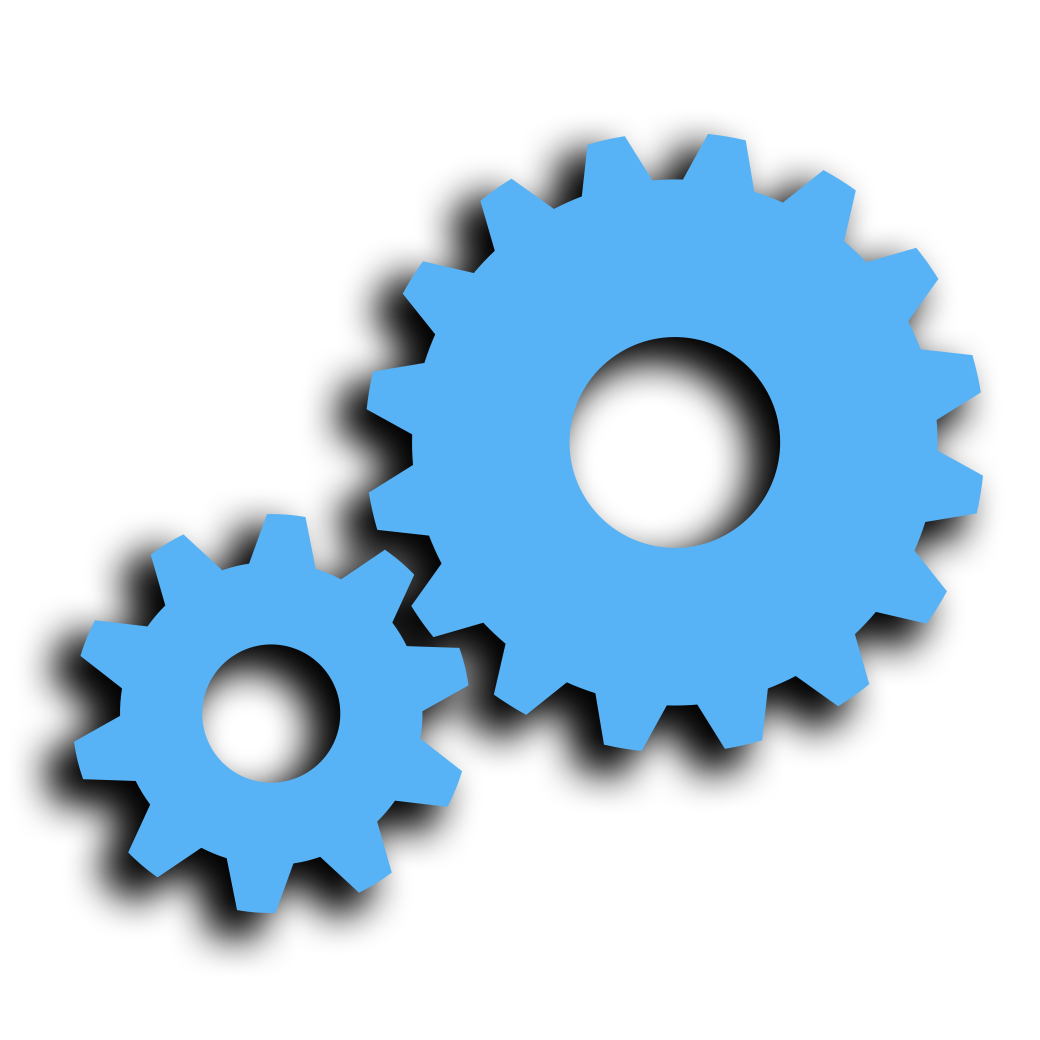

Recent Comments
Hi Tom, our understanding of heavy drive is that it compensates for out-of-balance seconds hands…
Would you be kind enough to provide diving watches that use this movement? I have…
With the Heavy Drive / High Torque shock protection, what can you tell us about…
It's just black backplate and I've seen the gooseneck on other ST-19 watches.
Thats a boat load of money for a module 2892A2..
I have one în a hamilton jazzmaster thinline and it is loud
How noisy is it? My watch with L888 is quite noisy